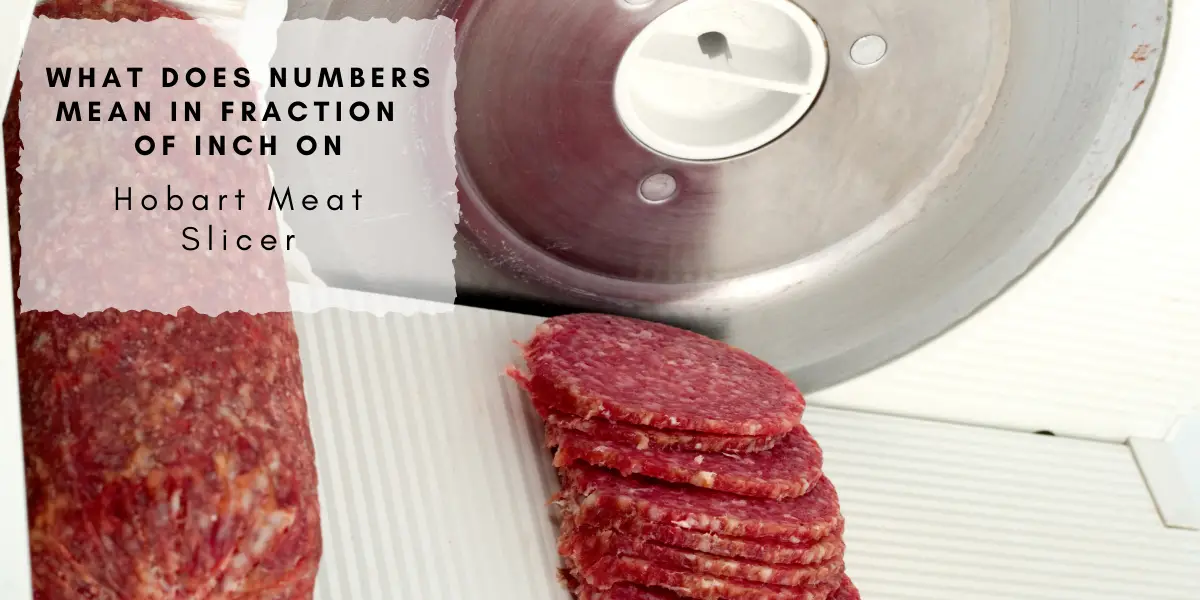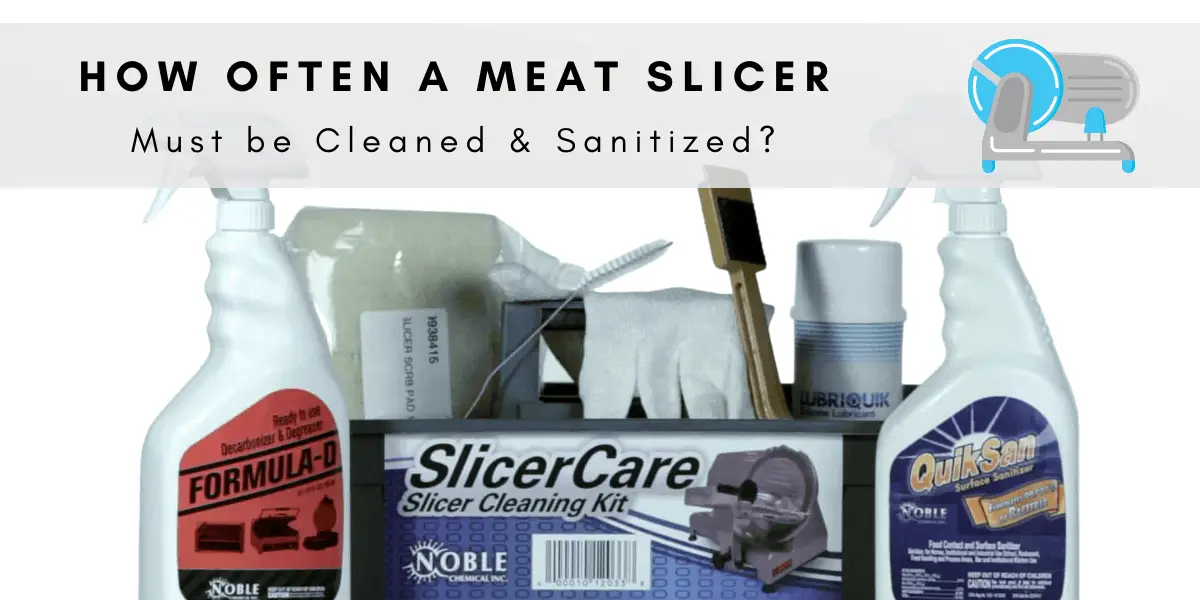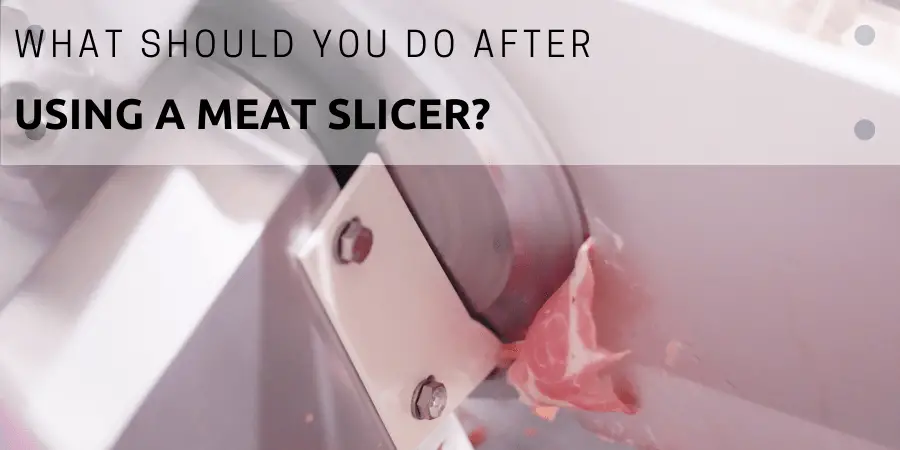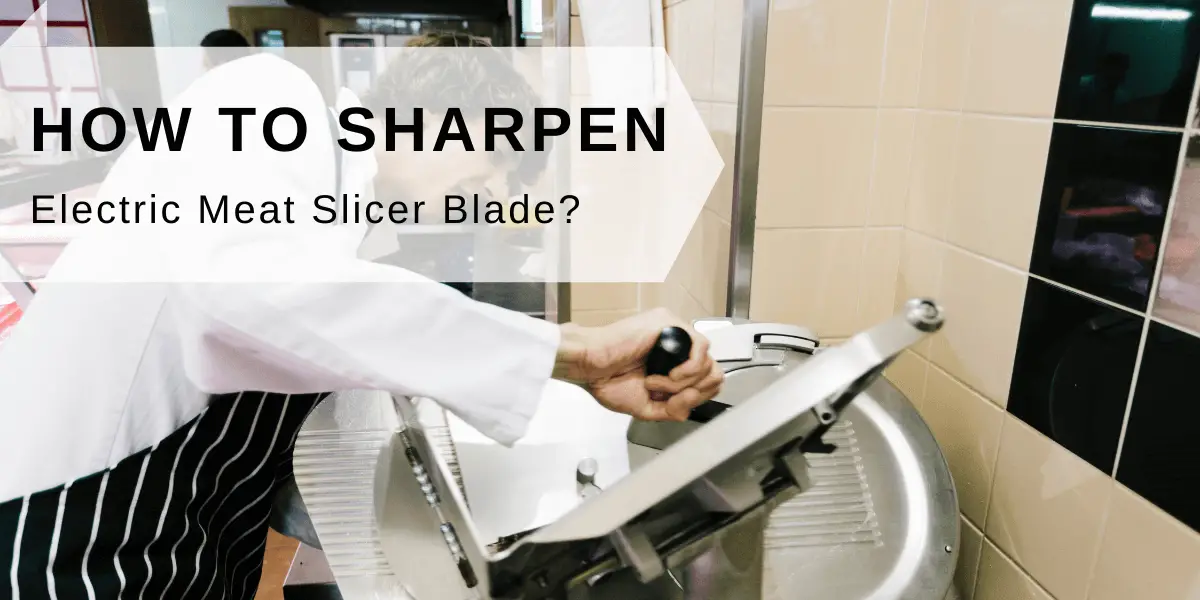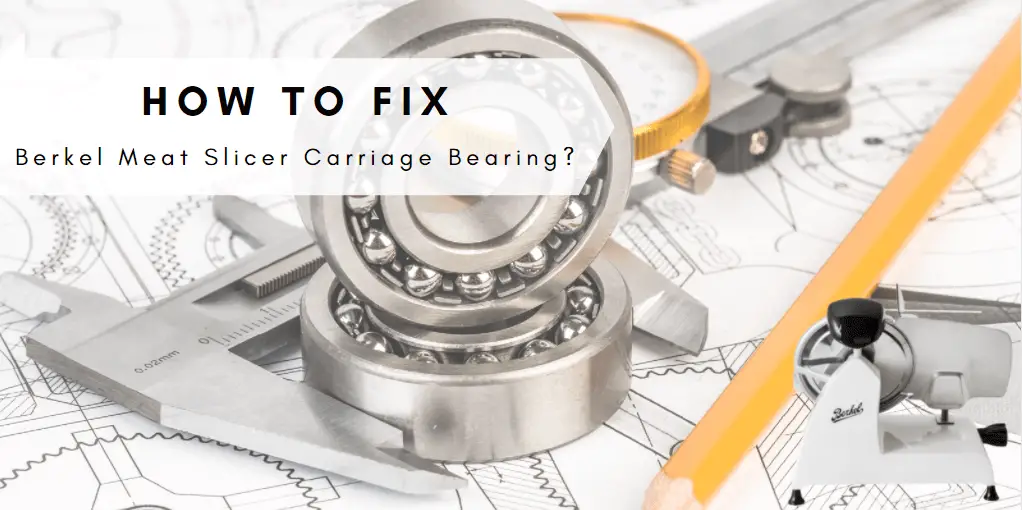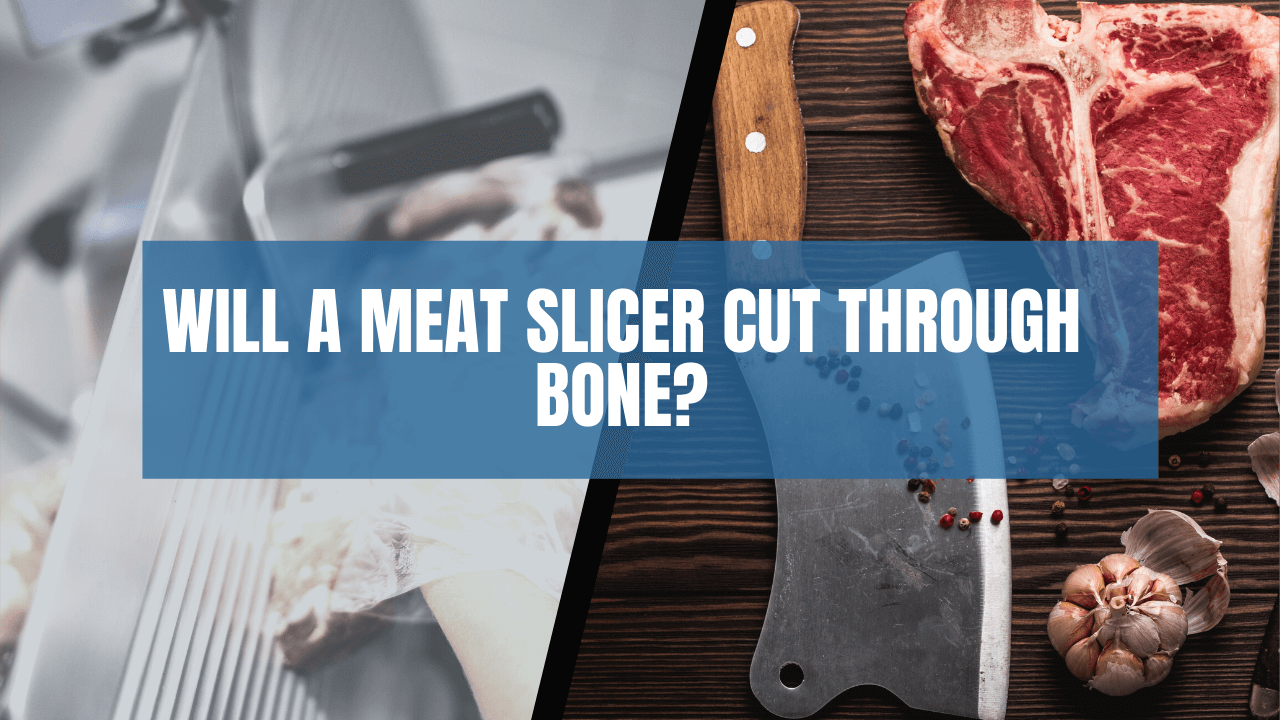Meat Slicer blades
You can’t make good food without a good slicer. A meat slicer is commonly used to slice meats, cheeses, and vegetables. To get a uniformly cut, the slicer requires a blade. Various blades are used on meat slicers, including rubber, metal, or serrated that rotates to cut food under a guard.
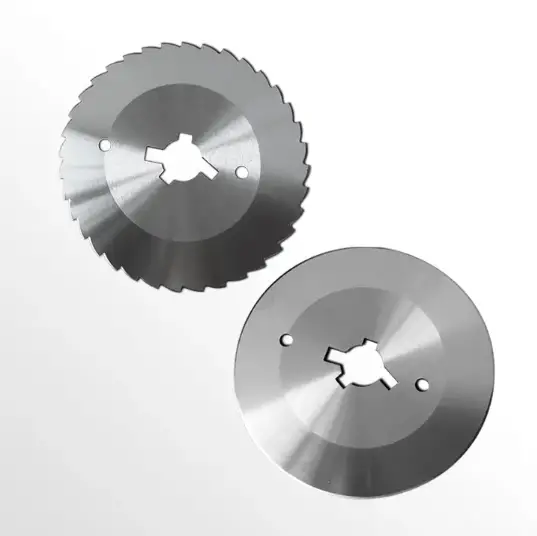
The blade is an essential part of a slicer, but people often forget to pay attention to it after much online research on meat slicers blades. We’ll help you choose the right blade for your slicer and also care for it so that it can serve you for a long time. Many are in kitchen stores, but most won’t do the same job. There are some factors you need to consider in your mind.
Types of Blades on a Meat Slicer
Meat slicer blades are designed with different thicknesses and materials to slice tough or delicate food items. Meat slicers use other blades and which edge would be best for various meats.
-
High-carbon steel blade
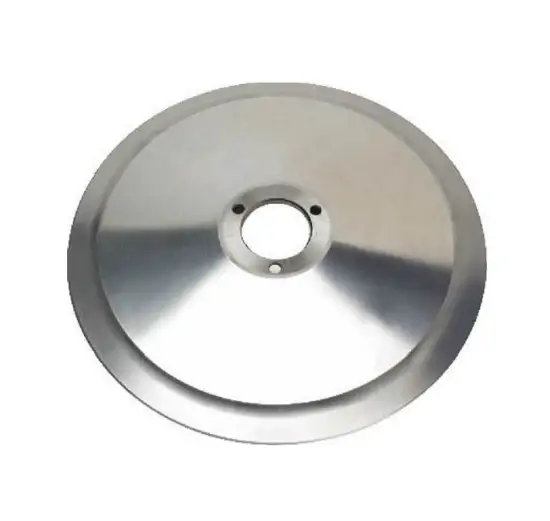
The high-carbon steel blade has a three-sided edge & offers a smoother cut which requires less pressure to be applied by the operator. They are sharper than a stainless steel blade.
-
Stainless steel blade
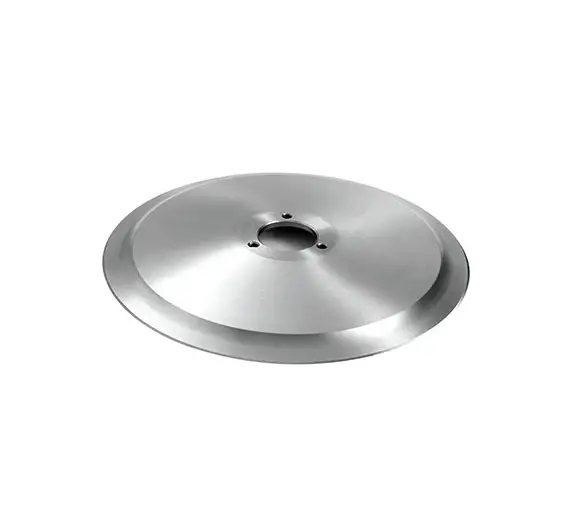
If your primary concern is safety, then stainless steel blade is designed to cause less fatigue because it doesn’t tend to need as much pressure to cut through meat and produce slices that are uniform in thickness. They are the most durable blade.
-
Fine edge blade
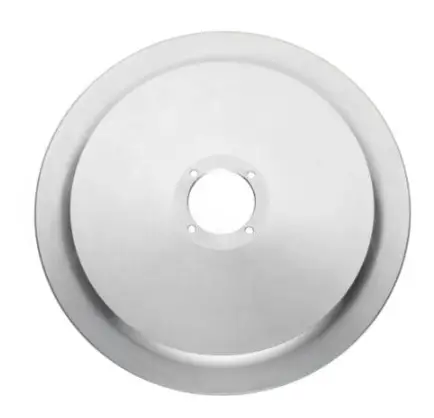
A fine edge blade has a smooth edge that allows you to get thin slices without tearing the meat. This type of blade is not cheap & is used for meat, vegetables, or cheese. The more delicate cut you want, you need a fine edge blade.
-
Serrated blade
The serrated blade has grooves on edge, just like a bread knife. This blade is best for cutting hard crust bread without causing damage. They are just like the regular knife used to slice hard bread.
The Cracked serrated blade is a type of serrated blade used for thick cuts of meat & Scalloped serrated blade is a type of serrated blade used for thinner cuts of meat.
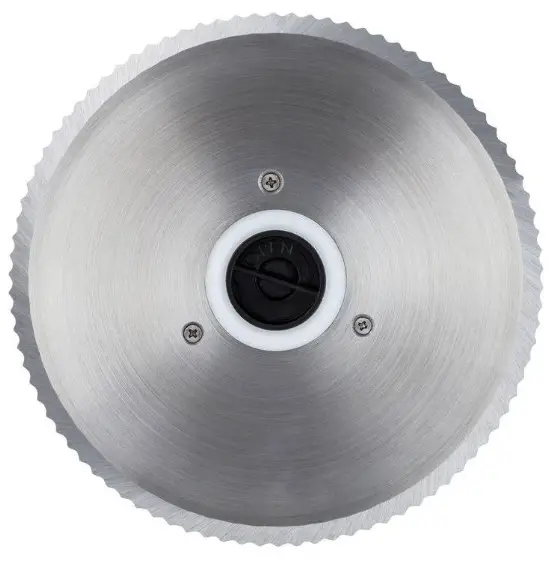
So anything that requires a grip to get an excellent cut, you’ll need a serrated blade.
-
Chipped blade
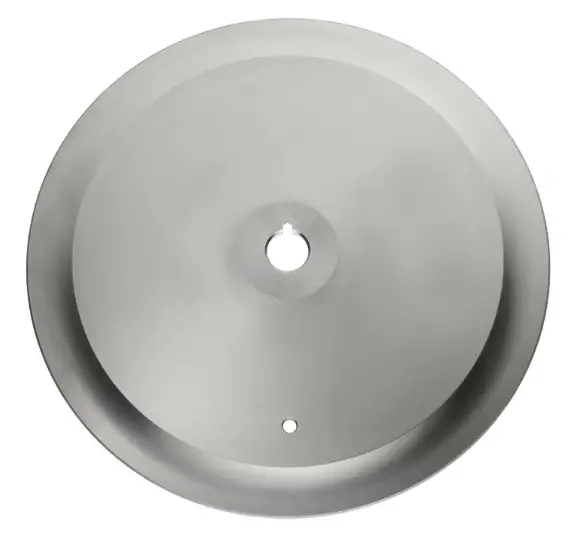
If you love to slice your meat and cheese thinly, then a chipped blade is perfect. A 7-inch stainless steel blade can cut meat & cheese as thin as 1mm or as thick as 3/4inch.
How do you Pick the Right Blade?
The right blade can make all the difference in feel and performance. When using a quality blade, the slicing experience is smooth, effortless, and will leave you perfect results every time you slice. The problem is that not all blades are designed equal. Choosing the right edge must be sharp, easy to clean, and durable. It must slice cleanly, remove all large gristle and bone, and leave no pieces behind, so it will rarely need sharpening again.
Another way to pick the right blade you must know the size of the blade. The most popular measures include 4 inch round slicer blade, 5-1/2 inch rectangular slicer blade, 7 inches round slicer blade, a 9-5/16 inch by 1/2-inch rectangular slicer blade, and 10 inches round slicer blade. Find the one that works best for you.
Methods of Choosing the Right Blade
Choosing the right blade can be a difficult task; there are numerous options, and selecting only one. Just think about all of the different options for making your cuts perfect.
- Sharpness or quality of the blade: A higher-quality blade will retain its uniqueness much longer & long-lasting than less expensive blades. Compared to a dull blade, a sharp blade can cut food items in one squash.
- Blade-to-work contact: The thicker the blade, the more meat it can cut & the thinner the edge, the more efficient and easier slicing will be, resulting in less food waste and an improved yield for your processing operation.
- Blade capacity: Does your food require a large capacity? the capacity of the blade is an important consideration—blade capacity range between 8 & 14 inches. The blade indicates the thickness of the cut you can achieve.
How to Take care of the Slicer blade?
- Treat the blade with love and respect, and it will treat you to excellent slicing results.
- All blades are made with stainless steel, a stain-resistant alloy but can rust if not appropriately taken care of the edge.
- Don’t be alarmed if you see rust spots on the blade or holder! Rusting is a normal situation, and it will not affect your blade’s performance.
- Clean off the blade using soap and hot water and leave it dry completely before putting it away.
- Never put the blade in water or let it sit in water.
- Don’t use harsh detergents on the blade or wash it vigorously with a brush.
- Don’t submerge the blade in any liquid. Periodically wipe away any food particles using a dry, clean cloth followed by a drying cloth.
Drawbacks of the Slicer Blades
There are many different types of blades, each with its drawbacks.
- The main drawback is the serrated blade, which may make cutting some meats difficult when the thickness is skinny. Luckily, this isn’t a significant issue as you can easily purchase a replacement blade.
- It should be rust-resistant because meat slicers are constantly exposed to water and moisture, which causes rust on edge.
- If you’re cutting raw meat, you need to use a hard material to avoid contamination. While steel is one of the more common materials in the kitchen to use, it’s not the best choice. Carbon steel tends to have a carbon content that can react with acidic food. Ultimately, it will leave you with a horrible taste and parts of your meat that are ruined due to discoloration.
Conclusion
As a kitchen or restaurant accessory, the meat slicer blade can be used for various meals. It is used to cut thin slices of meat, cheese, or other soft foods to slice without crushing. The most important parts of the blade are its width and the number of serrations per inch.
In conclusion, a straight blade is the best type of blade to use on a meat slicer. It is the most versatile and can be used for a variety of applications. A serrated blade is good for slicing bread, but it is not as versatile as a straight blade. A scalloped blade is good for slicing delicate meats, like fish. A granton blade has grooves on the side of the blade, which helps to keep the meat from sticking to the blade.

Mario Batali is a renowned author, food enthusiast, and passionate chef who has dedicated his life to exploring the world of culinary arts. With a love for sharing his knowledge and experiences, Mario has become a prominent figure in the food blogging community, inspiring countless readers with his creativity and expertise.
In addition to his culinary prowess, Mario Batali is also a talented writer with a flair for engaging storytelling. He launched his own food blog to share his recipes, cooking tips, and personal experiences in the kitchen. Over time, Mario’s blog gained a loyal following of food enthusiasts who appreciate his unique approach to cooking and his dedication to using only the finest ingredients.
Mario Batali’s passion for food and his commitment to sharing his knowledge with others have made him a true inspiration in the world of culinary arts. Through his blog, cookbooks, and public appearances, Mario continues to spread his love of food and the joy of cooking with his ever-growing fanbase.

